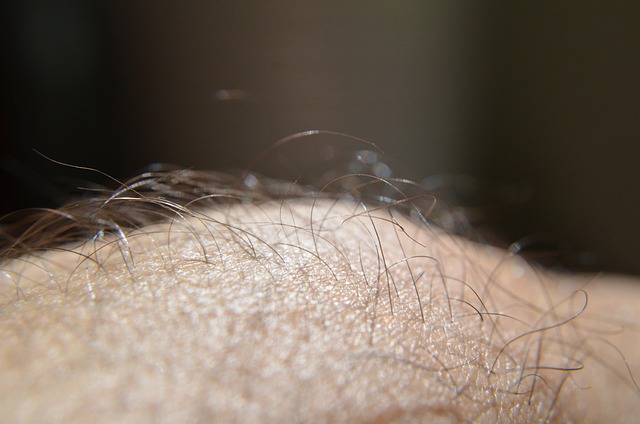An unbalanced population of bacteria on the skin could play an important role in acne, according to a small new study.
Up to 85 percent of people develop acne, a disease of the skin’s hair follicles, but its exact causes are unclear. A specific type of bacteria has long been suspected, but this study suggests that the presence or absence of a particular strain is less important than the overall balance of bacteria on the skin.
Understanding the bacterial community on the skin is important for developing personalized treatments
The researchers analyzed DNA from hair follicle samples from 38 people with acne and 34 without the condition. The researchers then confirmed their findings with 10 more volunteers.
The results suggest "that the conformation of bacteria in follicles may reflect, as well as influence, the condition of the skin in acne or healthy skin," he commented in a Microbiology Society news release. ) study leader Huiying Li, associate professor of molecular and medical pharmacology at the University of California, Los Angeles (UCLA).
Emma Barnard, co-author of the study, said understanding the bacterial community on the skin is important for developing personalized acne treatments.
Shift the balance towards a healthy microbiota
"Instead of killing all bacteria, including beneficial bacteria, we should focus on shifting the balance toward a healthy microbiota by targeting harmful bacteria or enriching beneficial bacteria," he said in the news release. Barnard is a researcher in the department of molecular and medical pharmacology at UCLA.
The study was presented Wednesday at the annual meeting of the Society for Microbiology, in Edinburgh, Scotland. Research presented at medical meetings is considered preliminary until it is published in a peer-reviewed journal.
SOURCE: Microbiology Society
















